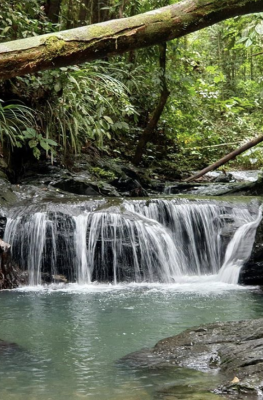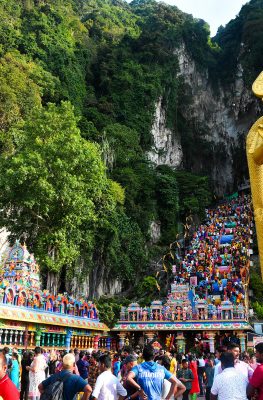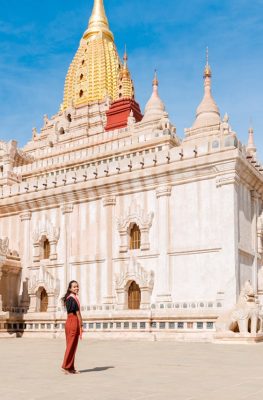Published on September 22, 2014
The Southeast Asian Games (commonly referred to as the SEA Games) is a biennial multi-sport event involving participants from the current 11 Southeast Asian countries (ten ASEAN member states plus East Timor) to compete in sports ranging from football and swimming to more obscure regional specialties. The original rationale for these Games was that a regional sports event will help promote co-operation, understanding and relations among countries in the region. Today, SEA Games have become a significant event of Southeast Asia’s sporting culture.
The Games owe its origins to the Southeast Asian Peninsular Games or SEAP Games with founding members Cambodia, Laos, Malaya, Burma, Singapore, Thailand and Viet Nam. The first SEAP Games were held in Bangkok, Thailand in 1959.
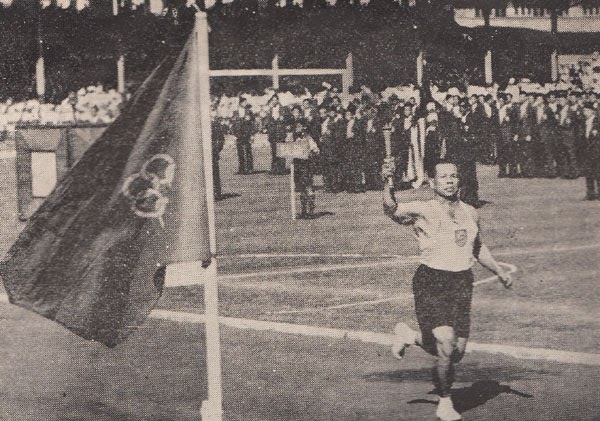
A historical photograph of the opening of the 1st SEAP Games, Bangkok, 1959
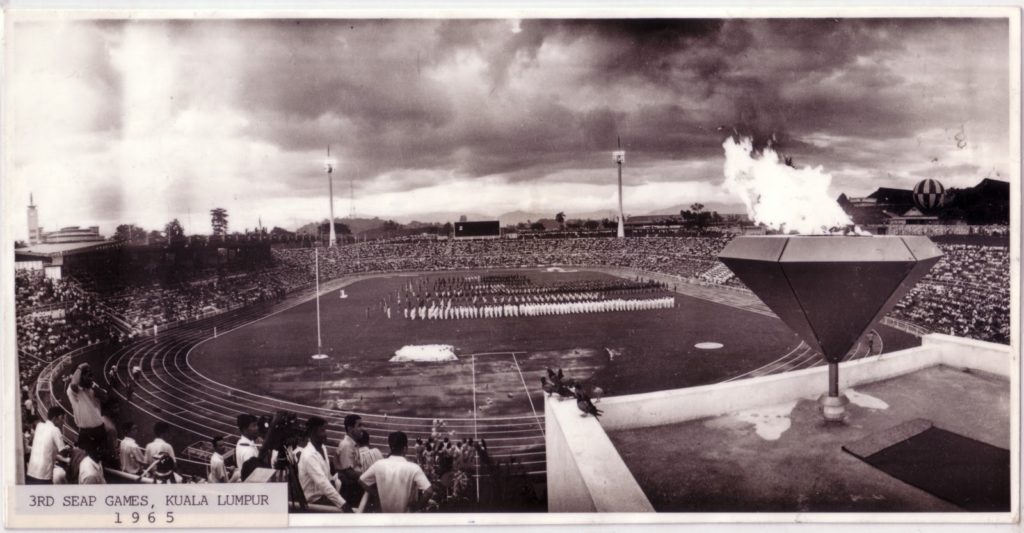
Historical photo of the 3rd SEAP Games, Kuala Lumpur, 1965
Brunei Darussalam, Indonesia and the Philippines joined SEAP in 1977, the same year when SEAP Federation changed their name to Southeast Asian Games Federation (SEAGF) and the games were known as the Southeast Asian Games. East Timor was admitted as the latest member at the 22nd Southeast Asian Games in Viet Nam. The most recent host for the Games was Myanmar in 2013, while Singapore will host the upcoming Games in 2015 at the newly completed Singapore Sports Hub.
The SEA Games is unique in that there are no official limits to the number of sports which may be contested and the range may be decided by the organizing host, upon approval of the Southeast Asian Games Federation. The Games feature a varied range of events, including sports from the Olympic programme as well as regional games, such as Silat.
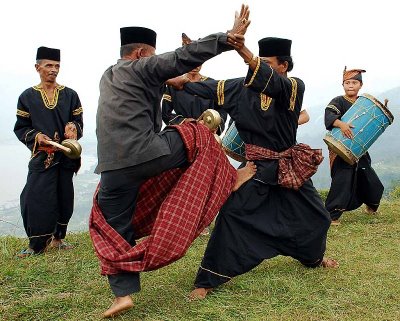
Silat on Sarawak, Borneo, Malaysia; Source: http:sebanaku-sarawak.blogspot.com
Silat is not only famous in Southeast Asia but also part and parcel of other region-wide competitions. Silat is a collective word for indigenous martial arts from a geo-cultural part of Southeast Asia, encompassing most of Nusantara (Indonesia’s Archipelago) and the Malay Archipelago and the entirety of the Malay Peninsula.
Originally developed in what are now Indonesia, peninsular Malaysia, south Thailand and Singapore, it is also traditionally practiced in Brunei, Viet Nam and the southern Philippines. There are hundreds of different styles but they tend to focus either on strikes, joint manipulation, throws, bladed weaponry or some combination thereof.
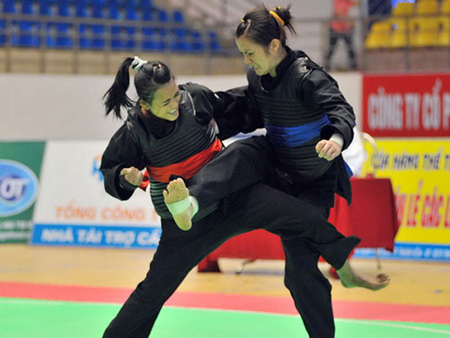
Silat Melayu; Source: http://silat-malayu.blogspot.com
While the word “Silat” is used by Malay-speakers throughout Southeast Asia, the art is more often called Pencak Silat in Bahasa Indonesia. The clear distinction between Indonesian and Peninsular Silat is a relatively recent one based largely on post-independence patriotic sentiments.
The term Silat-Melayu (“Malay Silat”) was originally coined in reference to Sumatra and the Melayu Kingdom, but today is commonly referred to systems created on the Southeast Asian mainland. Generally speaking, Silat Melayu is characterized by fixed hand positions and nowadays often perceived as a slow dance-like art among non-practitioners.
In Indonesia, Pencak Silat displays greater diversity and its use of high kicks, jumps and agile maneuvers are comparatively better known among the public. While this generalization does not necessarily reflect the reality of Silat’s techniques, it has had a notable influence on the stereotypical way Silat is portrayed in Malaysia and Singapore.
Singapore is a great city state to visit for many touristic reasons, but if you are interested in sports, do combine your stay with watching part or the South East Asian Games 2015. They will be held from the 5th till the 16th of June. For the less sports minded or those on a limited time budget, just pass by the grand new stadium, the Singapore Sport Hub, it’s worth the detour.

Singapore’s recently opened brand new Sports Hub; Source: Singapore Sports Hub



